There was some recent testing done by Robert Pepper on Youtube that compared blocks to rings ( both the traditional and modern versions ).
Generally, A block has about 7-8% loss from friction compared to 9% for a large rotating 'traditional' ring ( like running my ring in the normal 'around' the outside so that the ring is mostly spinning ). The smaller diameter F55 ring was about 11-12% loss ( because of the smaller working diameter ). The Yankum offset rings where about 13-14% loss in either direction. Going through the middle of the ring in that system seemed to be actually about 1% more efficient than going around the outside ( of a non spinning ring ).
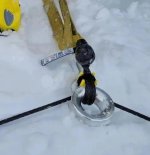
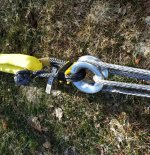

When I designed my ring package, I was looking for the most flexible system possible. I developed the Anti-Tip Block in late 2018 I believe and have sold those in a few different thicknesses to support not only my products but others. I think it is the only solution on the market that actually works most of the time with most of the products on the market. It has strong secondary benefits like keeping the legs of the soft shackle the right distance apart when hooking to something narrower than the ring. This prevents extra friction on the outside edges of the ring ( which are also far too commonly rather sharp across the industry ).
In late 2022 I decided to start producing my own recovery ring from scratch as I was having a hard time during the pandemic getting the All-Gear rings in the quantities I needed to support my little store. When I designed my 'new' ring, I decided to address a lot of the shortcomings I saw with many products in the industry while adding support for new features and techniques I had been experimenting with for the last few years.....double rigging, center rigging, knot passing, better geometry, softer edges, larger center hole, etc.
You can read more about some of that here.
Note: Major update! New best in the industry package price. Because of ongoing supplier issues, I am now providing a larger custom made CNC 6061-T6 Aluminum Recovery Ring of my own design in this package along with including the newest updated soft shackle made from the highest quality materials...
brennans-garage.com
I think my Recovery Ring kit is one of the best thought out in the industry at one of the best prices. I also sell just the ring, blocks, soft shackles, etc. All my soft shackles are not manufactured by Yankum Ropes from 7/16" Samson Amsteel-Blue and now feature my exclusive Wildland Fire Hose guard material for most of the configurations ( by far the best static guard material I have found...it will outlast tubular nylon by a factor of 10 )
If anyone has any other questions, please let me know.







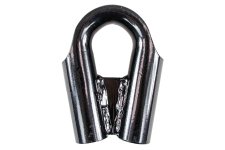
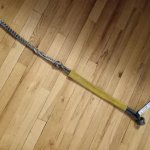

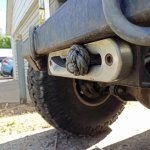
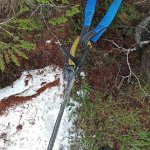




 . I wish I had known about your shop before because I would have ordered from you instead. I will bookmark the site now though.
. I wish I had known about your shop before because I would have ordered from you instead. I will bookmark the site now though.
